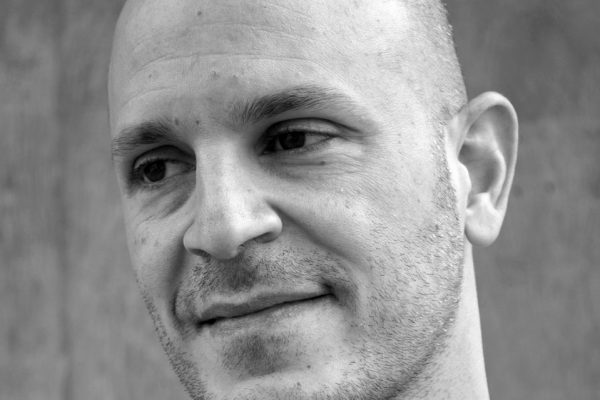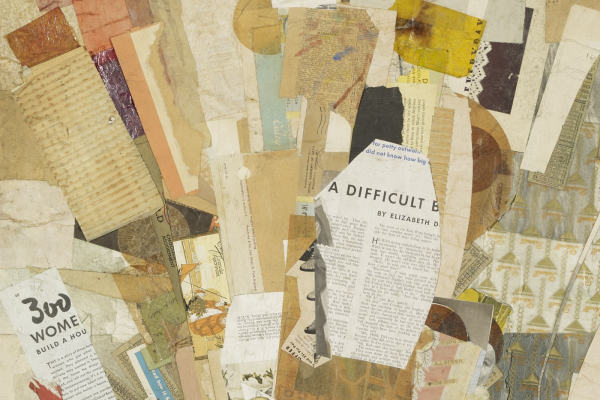Differentials: Poetry, Poetics, Pedagogy
Marjorie Perloff
University of Alabama Press, $29.95
Marjorie Perloff’s new book of essays begins with a call—or perhaps a plea—for greater differentiation in the study and teaching of poetry, and against pedagogical practices that too often shrug their shoulders and allow for vastly inaccurate equivalencies between one poem or poet and another. He rbest argument is her own practice of what she calls “differential reading”: the 14 essays range adroitly across the scope of innovative poetry from the canonical (Eliot and Pound) to the neocanonical (Ron Silliman, Rae Armantrout) to the simply new (Christian Bök, Caroline Bergvall). Nor is North American poetry her sole concern: the concrete poetry of Haroldo de Campos, Tom Raworth’s Letters from Yaddo, and the writings of Ludwig Wittgenstein all merit essays of their own. Concepts and watchwords of the great Modernist writers and thinkers proliferate into the fragments of a recognizably Perloffian creed: Marcel Duchamp’s notion of the “infrathin,” Stein’s assertion that composition means “beginning again and again,” Hugh Kenner’s claim that “Art lifts the saying out of the zone of things said.” The muse of indeterminacy presides over Differentials as over so much of Perloff’s work, while her past tendency to set up critical paradigms on invidious differences between poets is somewhat muted here. That is only appropriate given the new emphasis Perloff puts on the old-fashioned practice of close reading, a practice she wants to wrest from the dead hands of the New Critics and “Englit” in order to restore the primacy of poetic language to literary study without subsiding into a dehistoricized formalism. The book’s concluding essay, a personal meditation on Perloff’s divided allegiances (the academy on one side, practicing poets and artists on the other), begins a provocative exploration of “the aporias of affiliation” that I would like to see continued. Attention must be paid to the poem on the page, and in this book Perloff shows once again that she is unequaled as a close reader of poetic canons old and new. Even more welcome, however, is the hint of a new willingness to examine her own position as American poetry’s provocateur-in-chief.







